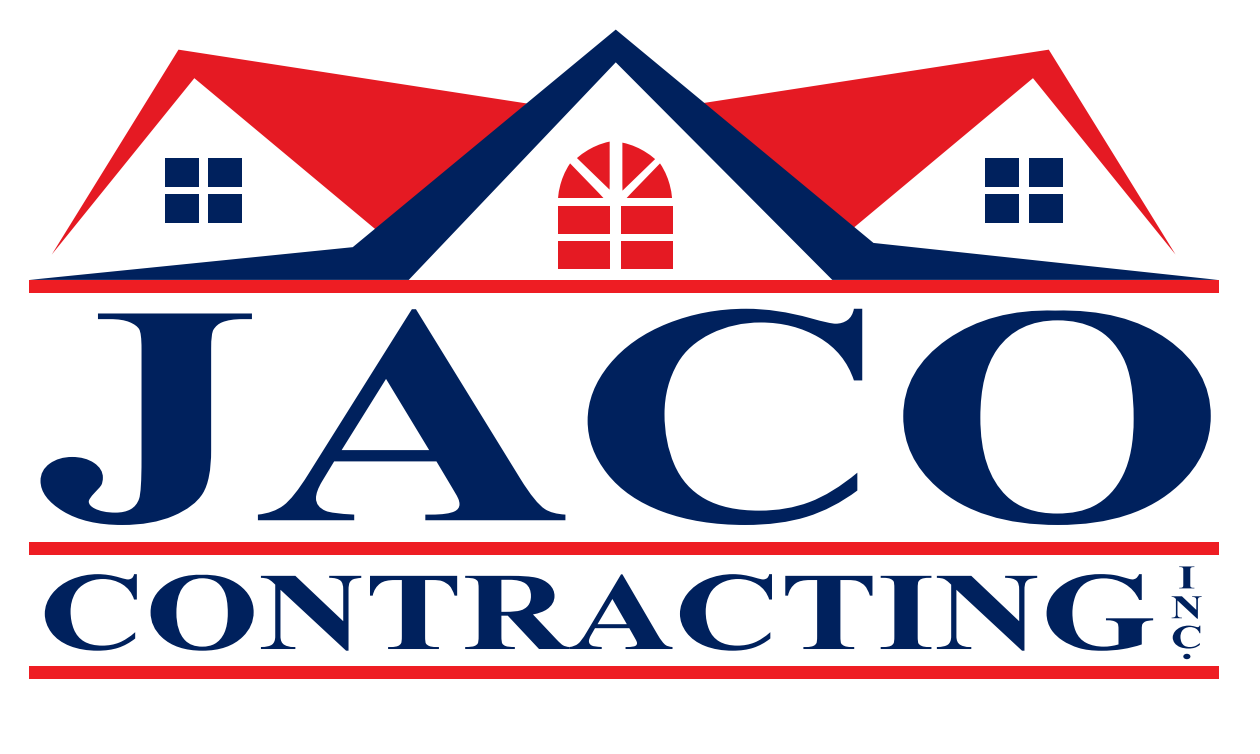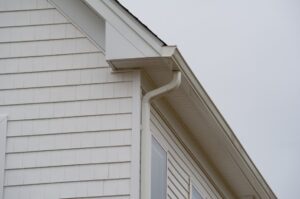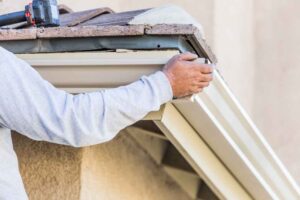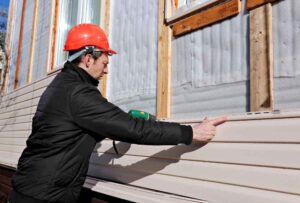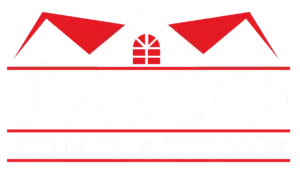Residential Fire Restoration: Cinder to Splendor – Your Guide to Restoring Your Home after a Fire
If you have experienced a house fire, you know firsthand the devastation and heartbreak it brings. The process of restoring your home may seem overwhelming, but with the right guidance and a touch of humor, you can turn the tide on disaster. At Jaco Contracting, we understand the challenges you face, and we are here to support you in every step of your residential fire restoration journey. In this comprehensive guide, we will provide you with expert insights, practical tips, and a dash of humor to help you navigate the restoration process.
Understanding the Residential Fire Restoration Process
When it comes to residential fire restoration, time is of the essence. The longer you wait to address the damage, the more challenging and costly the restoration becomes. According to the National Fire Protection Association, the restoration process can take anywhere from several weeks to months, depending on the severity and extent of the damage. By contacting fire restoration professionals promptly, you can expedite the process and minimize further damage to your home.
One of the major causes of house fires, accounting for 48% of all residential fires, is cooking. It’s easy to become distracted while preparing a meal, and before you know it, a small accident can escalate into a full-blown fire. However, even during the restoration process, humor can be a coping mechanism. Homeowners often share quirky and light-hearted tales about their inadvertent “cooking calamities” to find some solace amidst the chaos.
Fire departments in the United States are called out every 24 seconds for fire emergencies, including residential fires. As your home undergoes restoration, you may find solace in the idea of your house rising anew from its ashes, much like the mythical bird, the Phoenix. Some homeowners even light-heartedly name their residences “the Phoenix houses” as a symbol of hope and resilience.
Fire Damage Repair Tips: Restoring Your Home with Confidence
When it comes to repairing fire damage in your home, there are several key steps to follow. Here is an overview of the process:
- Ensure safety: Before entering your home, make sure it is structurally safe and has been cleared by professionals.
- Contact your insurance company: Notify your insurance provider about the fire and assess the coverage for fire damage restoration.
- Secure the property: Protect your home from further damage by boarding up windows, covering roof openings, and securing any vulnerable areas.
- Remove damaged items: Dispose of irreparable items and salvage any belongings that can be restored.
- Clean and sanitize: Thoroughly clean surfaces, furniture, and other areas affected by smoke and soot.
- Eliminate odor: Use specialized odor-removing techniques and products to eliminate any lingering smoke smells.
- Repair and rebuild: Work with professionals to restore your home, replacing damaged structures, repairing electrical and plumbing systems, and repainting walls and ceilings.
- Restore personal belongings: Engage professionals who specialize in content restoration to clean and refurbish your belongings, including furniture, clothing, and electronics.
- Final inspection: Ensure that all repairs and restoration work meet safety and building codes through a thorough final inspection.
By following these steps, you can tackle the residential fire restoration process with confidence and efficiency.
Smoke Damage Cleanup Guide: Clearing the Air
Smoke can cause extensive damage to your home, even in areas untouched by flames. Here are some tips to effectively clean up smoke damage:
- Open windows and ventilate: Allow fresh air to circulate in your home to help dissipate the smoke odor.
- Clean non-porous surfaces: Use a mixture of water and vinegar or specialized cleaning products to wipe down surfaces affected by smoke.
- Thoroughly clean fabrics and upholstery: Launder clothing, curtains, and other washable fabrics, and hire professionals to clean and deodorize upholstery and carpets.
- Replace air filters: Change your HVAC system’s air filters to eliminate any smoke particles lingering in the air.
- Consider professional cleaning: For severe smoke damage, professional cleaning services can ensure a thorough and effective cleanup.
